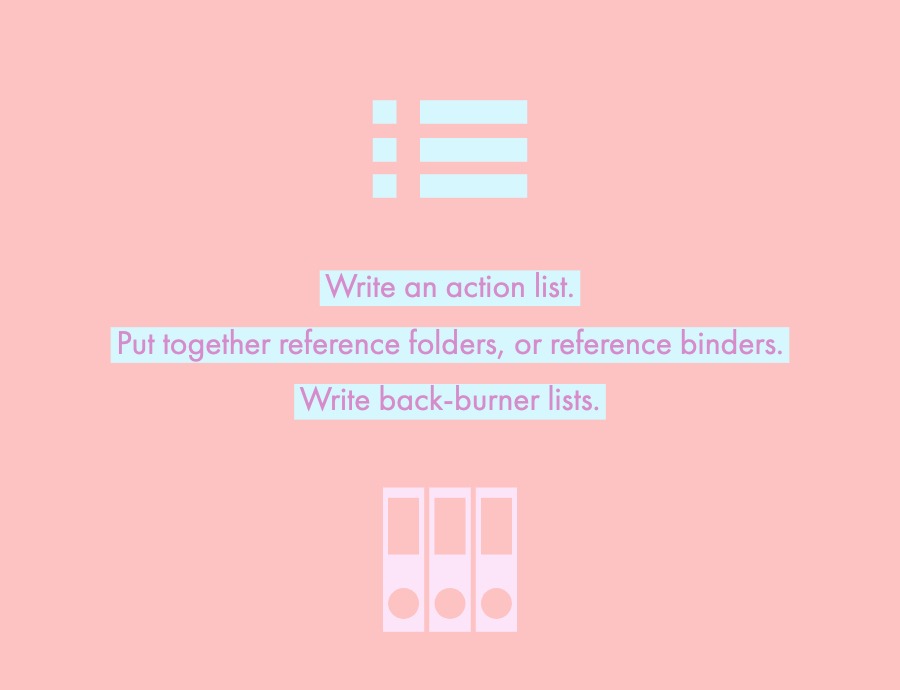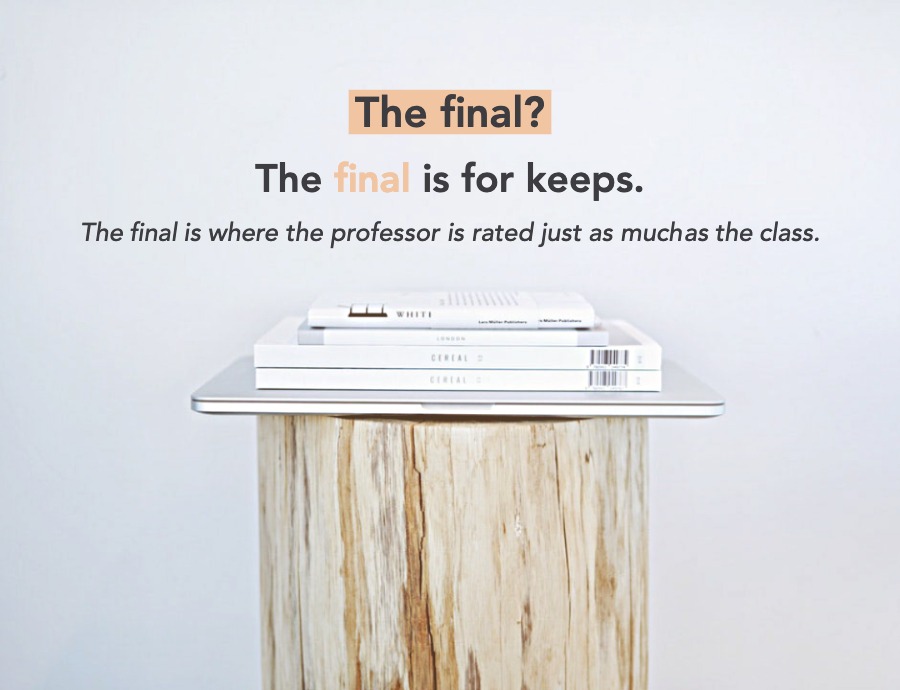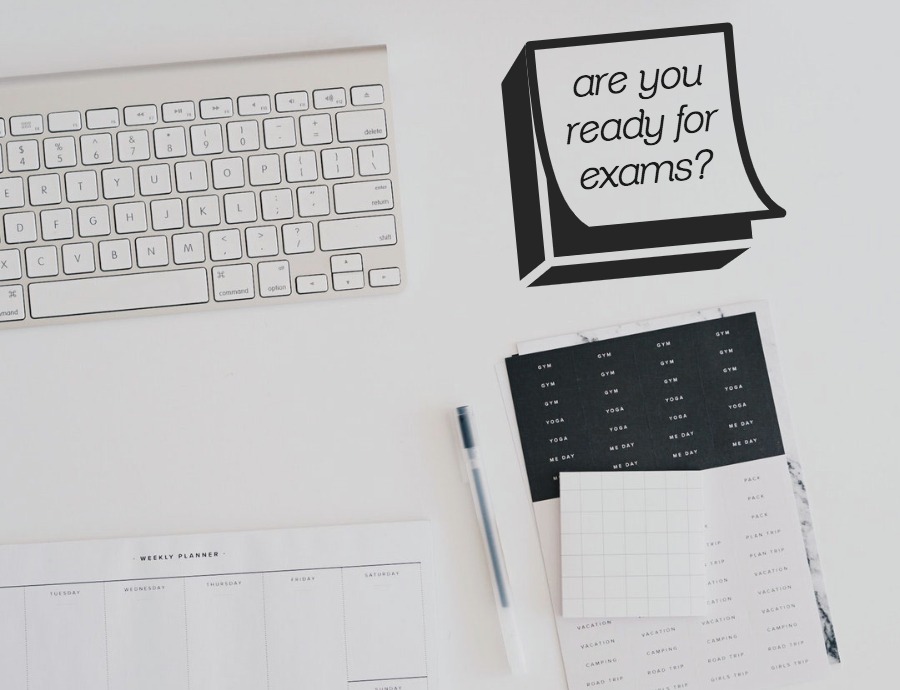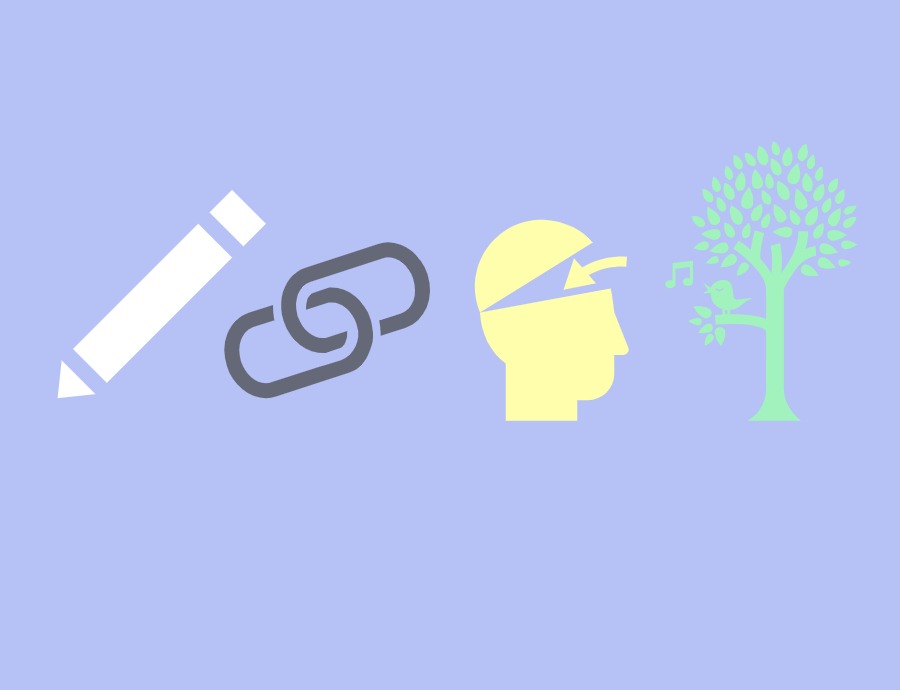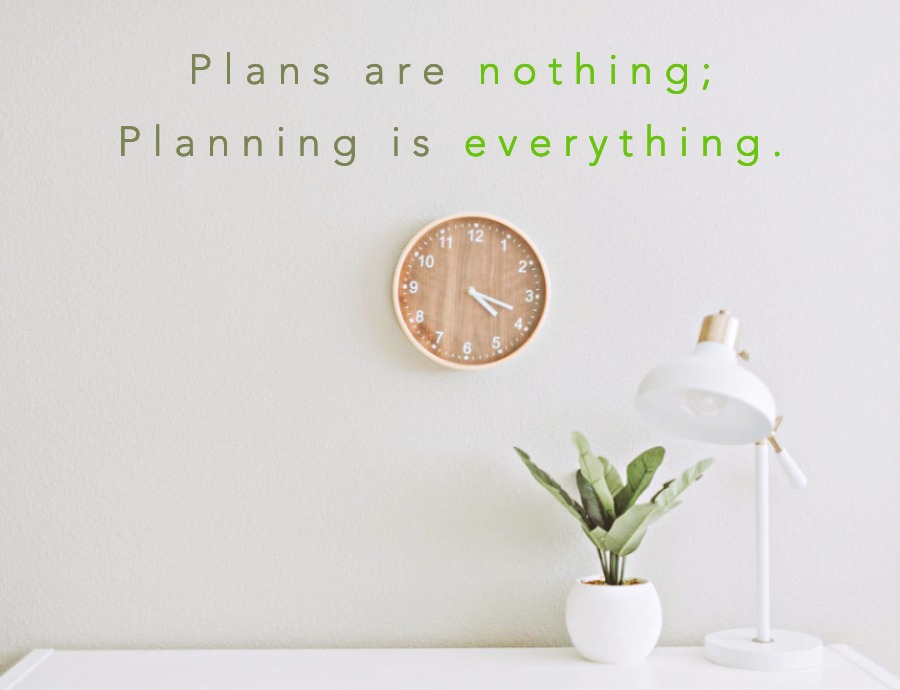You want better grades, so you need to work smarter than everyone else. That means that you need to keep track of a million small tasks, keep an eye on your goals, and still keep on top of the minutia of student life and life in general. You can’t wing it, not if you expect to excel. You need to find a strategy that works for you.
The Action Method is based on software produced by a company called Behance, and is used quite widely in business.
The methodology is interesting, so we’ve adapted it to suit student life. Here are the new steps, below:
First, figure out all your major tasks, and these include assignments, problem sets, tests and exams. Then figure out how to do those tasks, what actions need to be completed in order to do them well.
For example, the action list for “studying for chemistry midterm” might include the following items: compile lecture notes, write exam study sheet, redo assignment questions, write practice midterm. Notice that all the items start with verbs, or action words.
Make sure that you highlight the actions that needs to be done.
Set aside separate reference folders for each of your classes. Compile everything you need as a reference in each of your classes, everything you use during the semester, all class notes, all reading notes, all marked assignments, all questions.
Keep filling the reference folders or binders throughout the semester. Try not to lose anything.
For each class, put together a list of everything you might want to look at in the future, ideally while you’re studying for tests or exams.
Write down all your thoughts about the assignments and tests, which questions were difficult, where you needed to ask for help. Write down all the hints you thought you heard in lectures, all the times the professor repeated information or hinted that the question might pop up on an exam. Write down all the material from readings that you don’t think you quite understood. You’ll reference this list as you’re preparing for the final. You don’t need to stress out trying to remember; when you need the ideas, they’ll be right there.
This method will allow you to juggle what you need to do, what you need to get, what you need to worry about in the future, without constantly worrying about what you might be forgetting. It will free up precious mental space for creative thinking, and, simply, getting things done.
The Action Method is based on software produced by a company called Behance, and is used quite widely in business.
The methodology is interesting, so we’ve adapted it to suit student life. Here are the new steps, below:
- Write an action list. This step helps you to keep on top of what needs to be done.
First, figure out all your major tasks, and these include assignments, problem sets, tests and exams. Then figure out how to do those tasks, what actions need to be completed in order to do them well.
For example, the action list for “studying for chemistry midterm” might include the following items: compile lecture notes, write exam study sheet, redo assignment questions, write practice midterm. Notice that all the items start with verbs, or action words.
Make sure that you highlight the actions that needs to be done.
- Put together reference folders, or reference binders. This steps helps you to keep track of what you have and what you need.
Set aside separate reference folders for each of your classes. Compile everything you need as a reference in each of your classes, everything you use during the semester, all class notes, all reading notes, all marked assignments, all questions.
Keep filling the reference folders or binders throughout the semester. Try not to lose anything.
- Write backburner lists. This step will help you to track your insights, and set aside worries and thoughts about the future.
For each class, put together a list of everything you might want to look at in the future, ideally while you’re studying for tests or exams.
Write down all your thoughts about the assignments and tests, which questions were difficult, where you needed to ask for help. Write down all the hints you thought you heard in lectures, all the times the professor repeated information or hinted that the question might pop up on an exam. Write down all the material from readings that you don’t think you quite understood. You’ll reference this list as you’re preparing for the final. You don’t need to stress out trying to remember; when you need the ideas, they’ll be right there.
This method will allow you to juggle what you need to do, what you need to get, what you need to worry about in the future, without constantly worrying about what you might be forgetting. It will free up precious mental space for creative thinking, and, simply, getting things done.

